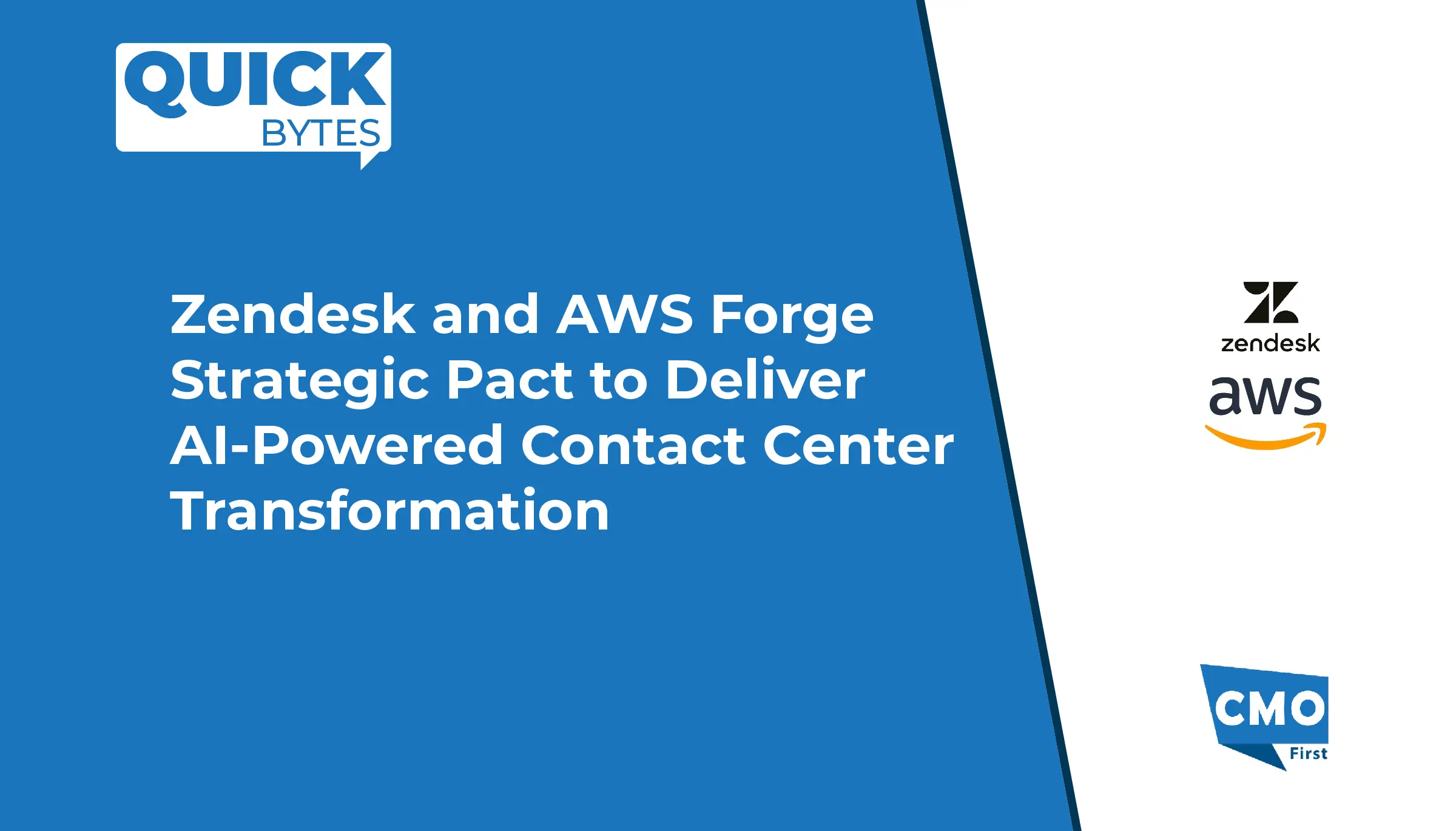Marketing teams have access to an expansive suite of digital channels. Each offers direct engagement opportunities. However, instead of amplifying impact, many organizations face the opposite result: fragmented messaging, siloed performance tracking, and diluted return on investment (ROI). Channel isolation is emerging as a critical cause of revenue leakage in modern marketing ecosystems.
This article will explore the structural and operational issues behind channel disconnects. It will also provide strategic advice for CMOs to realign marketing efforts, optimize spend and get consistent ROI across campaigns.
The Hidden Cost of Channel Fragmentation
In a typical enterprise environment, digital marketing spans email, social media, paid search, display advertising, content syndication, webinars and offline events. Each channel has its own team, tools, KPIs and customer engagement strategy. While this specialization provides operational depth, it often sacrifices cohesion.
The result is a fragmented customer experience. A lead nurtured through paid search may not be recognized when they engage through email or social media. Messaging is inconsistent. Campaign performance can’t be compared. Attribution is unreliable. Over time these gaps erode the effectiveness of each channel and increase customer acquisition costs.
Also Read: How to Build a Strong Customer Data Foundation to Unlock Truly Personalized Marketing
And most importantly, the cumulative impact is invisible. Revenue loss is not tied to a specific campaign failure but to ongoing inefficiencies across the marketing portfolio. That’s what makes channel isolation such a pervasive and costly problem.
Attribution Breakdown and Budget Misalignment
One of the biggest issues caused by channel isolation is broken attribution. Each platform has its own reporting and conversion logic. Without unified visibility, marketers are misallocating budgets to high volume but low impact channels and underinvesting in those that drive real conversion.
This means inefficient budget distribution. Teams are doubling down on visible metrics like click-through rates, impressions or open rates without connecting them to actual sales or pipeline contribution. Marketing dashboards may look healthy but business impact is flat.
Channel isolation also limits visibility into customer journeys. Without integrated data it’s hard to determine if a sale came from an email sequence, a remarketing ad or a webinar. CMOs are left relying on incomplete data when making strategic investment decisions.
Siloed Data Systems and Tech Stack Complexity
Many of these problems stem from how marketing technology is implemented. Enterprises deploy multiple tools like CRM, marketing automation platforms, ad tech, analytics, and content hubs without full integration. As a result, key data points live in different systems with no interoperability.
Customer behavior signals are tracked in isolation. A prospect engaging on social media is unknown to the email platform. Event attendance is not matched to CRM engagement scores. This disjointed view means personalization is limited, response time is delayed and targeting is less precise.
For CMOs, not being able to sync audience data across platforms not only weakens ROI but also hinders the move to outcome-based marketing. Instead of orchestrating campaigns across touchpoints, teams work in silos and hope for alignment through reporting rather than design.
Poor Customer Experience and Lost Conversions

From the customer’s perspective, channel isolation looks like inconsistency. A buyer may get duplicate messages, conflicting offers or irrelevant content depending on the channel they use. These gaps mean a lack of coordination and loss of trust in the brand.
In B2B this can mean dropped opportunities mid-funnel. In B2C it means higher unsubscribe rates, abandoned carts and lower repeat purchases. When customers feel like they are starting from scratch on each channel, conversion velocity slows and loyalty weakens.
The move to omnichannel makes this more critical. Customers now expect seamless movement between channels, researching on mobile, converting on desktop and engaging through email. When internal marketing structures don’t reflect this behavior, revenue is lost at each handoff point.
Organizational Barriers to Integration
Channel isolation is not just a technology problem. Organizational structure often reinforces silos. Teams are aligned by channel rather than by audience or outcome. KPIs differ across functions and create conflicting incentives. Collaboration across teams is limited to campaign launches or quarterly reviews rather than continuous coordination.
In some companies, internal competition between teams can limit information sharing. Others have resource constraints that prevent investment in shared platforms or integration projects. Without executive alignment, isolated channels will continue to operate independently even if they serve the same audience and goals.
For CMOs, solving channel isolation requires cross-functional leadership. Aligning people, processes and platforms around a single revenue objective is key to restoring clarity and coordination.
Unified Measurement and Revenue-Centric KPIs
Channel isolation starts with rethinking how success is measured. Traditional metrics like impressions or clicks are useful but should be aligned to broader revenue outcomes. CMOs are now building unified performance dashboards that link engagement metrics to customer acquisition, retention and contribution to the pipeline.
These integrated frameworks use multi-touch attribution models and lifecycle mapping to capture how each channel contributes to final revenue outcomes. Instead of evaluating platforms in isolation marketers are assessing collective performance based on revenue influence not just activity volume.
This shift in measurement helps eliminate vanity metrics and brings focus to outcomes. When every channel team is measured on sales or pipeline growth collaboration becomes a shared imperative not an operational afterthought.
Centralized Audience Segmentation
Many disjointed marketing experiences come from fragmented audience views. Centralizing audience segmentation is a foundational step to integrated campaign execution. Instead of each team creating their own segments in separate tools organizations are moving to a single source of truth.
These unified audience models consolidate behavioral, transactional and firmographic data across platforms. A prospect engaging on LinkedIn is no longer invisible to the email or content team. Marketers can define shared audiences and deploy messaging sequences that respond to engagement across channels.
This centralization requires investment in customer data infrastructure. Customer data platforms (CDPs), identity resolution tools and unified profiling engines play a key role. But beyond tools governance is critical. Teams must agree on how audiences are defined, scored and activated.
Integrated Campaign Orchestration
Once audience data and performance metrics are centralized marketing teams can start to orchestrate campaigns across touchpoints. This means creating campaign frameworks that span the full buyer journey from awareness to conversion not standalone activities.
In May 2025, StackAdapt released a major update to its platform by adding email marketing and a first-party Data Hub into its programmatic ad solution. This is a game changer. Marketers can now create and execute campaigns across display, video, CTV, DOOH and email from one workflow. With native first-party data and real-time automation, channels no longer live in silos. A CTV ad view or email open can trigger subsequent messages and performance across paid and owned media is tracked holistically all within one AI-driven platform. With native integration between media, messaging, and first-party data, StackAdapt empowers CMOs to orchestrate consistent, cross-channel experiences and measure performance more holistically.
Campaign orchestration platforms or marketing hubs allow for messaging to be sequenced based on real-time customer behavior not just calendar scheduling. For example, a contact who downloads a whitepaper may receive a follow up email, trigger a retargeting sequence and later get routed to a webinar invite all based on the same logic.
These coordinated flows ensure the message is consistent and relevant regardless of channel. It also reduces overexposure, avoids gaps in engagement and improves conversion efficiency. CMOs are moving away from static campaign calendars to behavior triggered, channel agnostic engagement tracks.
Organizational Alignment and Team Structure
Technical improvements need to be backed up by organisational change. CMOs are rethinking team structures to reduce channel silos. Some are building integrated campaign teams with specialists from each channel working together towards a single goal. Others are adopting a pod model where cross functional teams focus on segments or journeys rather than platforms.
This restructure improves information flow, reduces duplication and allows for faster pivots. Performance reviews and incentives are also being aligned to shared success metrics. Instead of channel specific KPIs, teams are being rewarded for collective outcomes such as pipeline influence, sales qualified leads or account penetration.
Leadership plays a big role in sustaining these changes. CMOs need to drive a shared culture of collaboration, accountability and ensure tool adoption is matched by workflow integration. Without this cultural shift technical solutions will not fix fragmentation.
Using AI for Cross-Channel Intelligence

As data unification and orchestration matures AI is being used to refine engagement across channels. Predictive scoring models, content recommendation engines and sentiment analysis tools can adjust messaging and timing based on buyer behaviour.
In May 2025, Databricks released Data Intelligence for Marketing, a platform for marketers. It connects campaign and customer data in real time, has out-of-the-box integrations with leading marketing tools and self-service insights, predictive analytics and real-time orchestration all in one place. By consolidating data and embedding AI driven decision making, it solves fragmented measurement, centralizes audience intelligence and supports outcome based, cross channel campaigns.
AI also helps with segmentation by identifying lookalike audiences and uncovering intent signals across multiple touchpoints. Rather than relying on fixed campaign plans marketers can optimise engagement paths based on probability of conversion, preferred channels and content consumption patterns.
When deployed across integrated systems AI becomes an accelerator of performance not just a reporting layer. It helps scale personalization without requiring manual coordination between channel teams.
Transition to Outcome-Based Marketing
High performing organizations are setting a new benchmark by treating marketing as an interconnected revenue engine. In these setups audience data, creative assets, engagement timing and performance tracking are all governed centrally. Campaigns are planned around customer needs not team capabilities.
CMOs in these organizations report faster campaign cycles, better lead conversion, reduced churn and better marketing-to-sales alignment. These outcomes are not because of more spending or more tools, but better orchestration and clear ownership of the revenue journey.
Conclusion
Channel isolation is not a temporary problem caused by platform growth. It’s a structural issue that undermines marketing’s contribution to business outcomes. As customers engage across more touchpoints and as budgets get scrutinised CMOs need to lead the shift to connected outcome driven marketing. By measuring, aligning, campaigning and investing in shared data organizations can stop revenue leakage and get true ROI. Long term the most successful marketing functions will be those that are not a collection of channels but a system driving business value at every touchpoint.























Leave a Reply